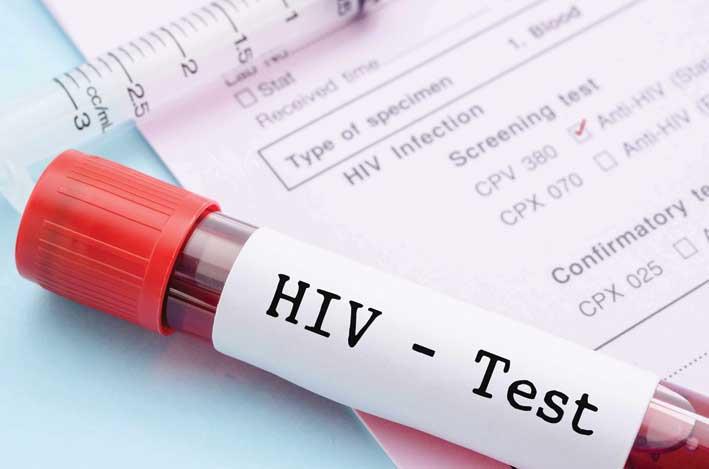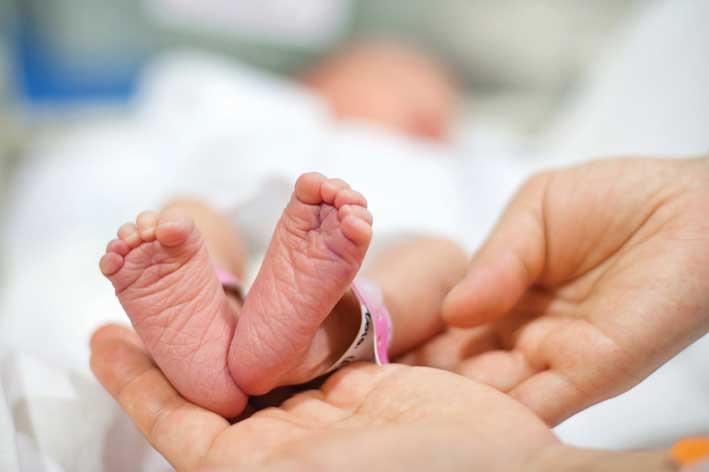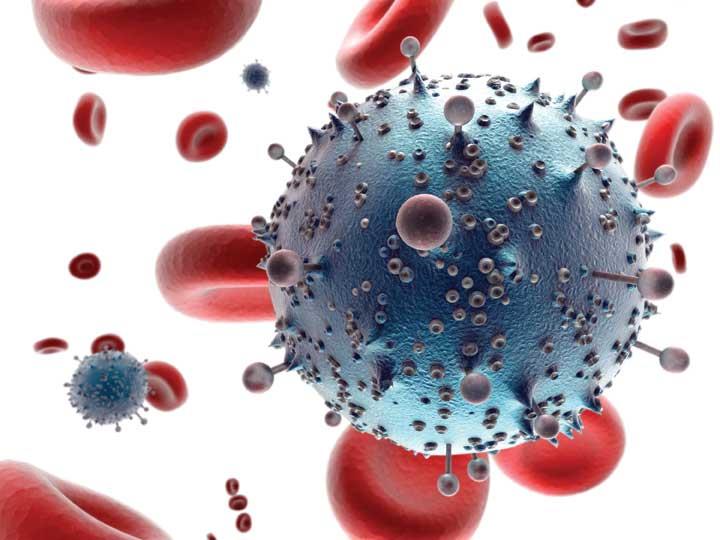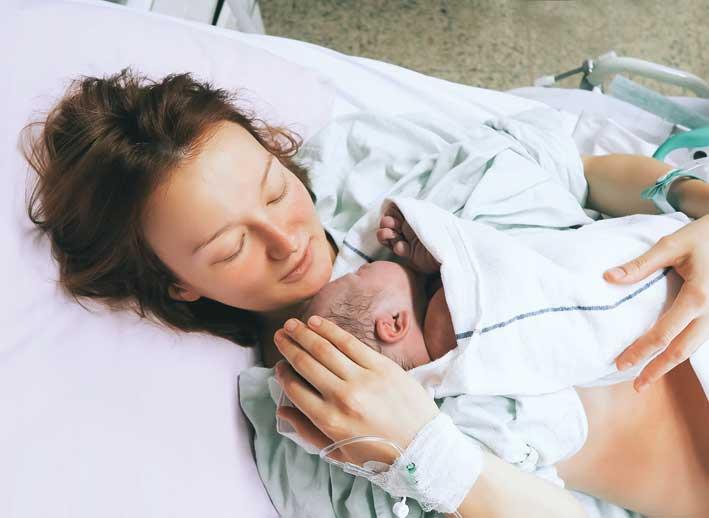39 babies delivered by mothers living with HIV have been saved from the HIV virus. This is as a result of the medical treatment their mothers received during pregnancy and soon after, as infants continue to receive treatment up to six weeks after birth.
Referring to the infants born between 1996 and last year, Dr Charmaine Gauci, Director General-Superintendent of Public Health told A&H that the babies born to mothers living with HIV were not infected with the virus as a result of early treatment and monitoring carried out throughout pregnancy.

"HIV medicines work by preventing HIV from multiplying, which then reduces the amount of HIV in the body. Having less HIV in the body reduces a woman's risk of passing HIV to her child during pregnancy and childbirth."
Dr Gauci explained that some of the HIV medicine is passed on from the pregnant woman to her unborn baby across the placenta. "This transfer of HIV medicine protects the baby from HIV infection, especially during a vaginal delivery when the baby is exposed to any HIV in the mother's blood or other fluids as it passes through the birth canal."

She adds that the HIV medicine reduces the risk of infection from any HIV that may have entered a baby's body during childbirth. This is why babies born to women living with HIV continue to receive medication up to 4-6 weeks after birth. All women considered to be at risk are offered an HIV test and those who receive a positive result are referred to the HIV Clinic at Mater Dei Hospital for a treatment plan.

- Mother-to-child transmission (MTCT) accounts for over 90% of new HIV infections among children.
- According to the World Health Organisation, since 1995, an estimated 1.6 million new HIV infections among children have been averted due to the provision of antiretroviral medicines.
- Mother-to-child transmission of HIV is the spread of HIV from an HIV infected woman to her child during pregnancy, labour and delivery, or breastfeeding. Mother-to-child transmission is the most common way that children become infected with HIV.
- Pregnant women with HIV receive HIV medicines during pregnancy and childbirth to prevent mother-to-child transmission of HIV. In some situations, a woman with HIV may have a scheduled c-section to prevent mother-to-child transmission of HIV during delivery.
- Pregnant women with HIV receive HIV medicines to reduce the risk of mother-to-child transmission of HIV and to protect their own health. HIV medicines are recommended for everyone infected with HIV.
- HIV medicines help people with HIV live longer, healthier lives and reduce the risk of transmission of HIV.
- HIV medicines work by preventing HIV from multiplying, which reduces the amount of HIV in the body. Having less HIV in the body reduces a woman's risk of passing HIV to her child during pregnancy and childbirth.
- Some of the HIV medicine passes from the pregnant woman to her unborn baby across the placenta. This transfer of HIV medicine protects the baby from HIV infection, especially during a vaginal delivery when the baby passes through the birth canal and is exposed to any HIV in the mother's blood or other fluids.
- Most HIV medicines are safe to use during pregnancy. In general, HIV medicines don't increase the risk of birth defects.
- Around 810,000 people are living with HIV in the EU's 28 member countries plus Norway, Iceland and Liechtenstein, the report by the European Centre for Disease Prevention and Control (ECDC) shows - 122,000 are unaware they have the virus.
- 1 in 7 still do not know they have HIV. Of those who know they have HIV, 1 in 6 are still not receiving retroviral treatment.
- Almost 30,000 newly-diagnosed HIV infections were reported last year in the region, according to the joint report with World Health Organisation (WHO).
- Globally, the WHO estimates around 40 per cent of the 37 million people living with HIV are unaware of their status.

Other risk groups for HIV
Earlier this year, Malta hosted the two-day HepHIV 2017 Conference: HIV and Viral Hepatitis: Challenges of Timely Testing and Care. A Malta technical declaration on HIV was outlined, focussing on prevention, early diagnosis and treatment of HIV.
It was confirmed that HIV remains a significant public health problem in the 31 countries of the European Union and European Economic Area (EU/EEA), with around 30,000 newly diagnosed HIV infections reported each year over the last decade.
Dr Gauci, who also addressed the conference, said in Malta there has been a steady increase in the number reported cases of HIV, with a change in the risk groups: "Most of the HIV reported cases are predominantly through sexual transmission, specifically sex between men - MSM. There is also an increase in the number of foreign nationals with HIV living and working in Malta who also form part of this risk group."
"In 2016, 62 persons were registered as new cases of HIV in Malta and the number of new cases has increased rapidly over the past 3 years," said Dr Gauci. "There is good evidence on what works to deal with the situation. We know we need to scale up various actions including prevention. We need to focus on initiatives covering MSMs, migrants and drug addicts. We also need to reduce the undiagnosed fraction, and ensure there is early linkage to care to ensure best treatment."
To act upon this rapid increase in the problems of HIV, the Maltese government is currently in the process of purchasing HIV rapid testing kits that will be available free-of-charge from Mater Dei Hospital's GU Clinic as of June this year. Self-test HIV home kits are also available in pharmacies.